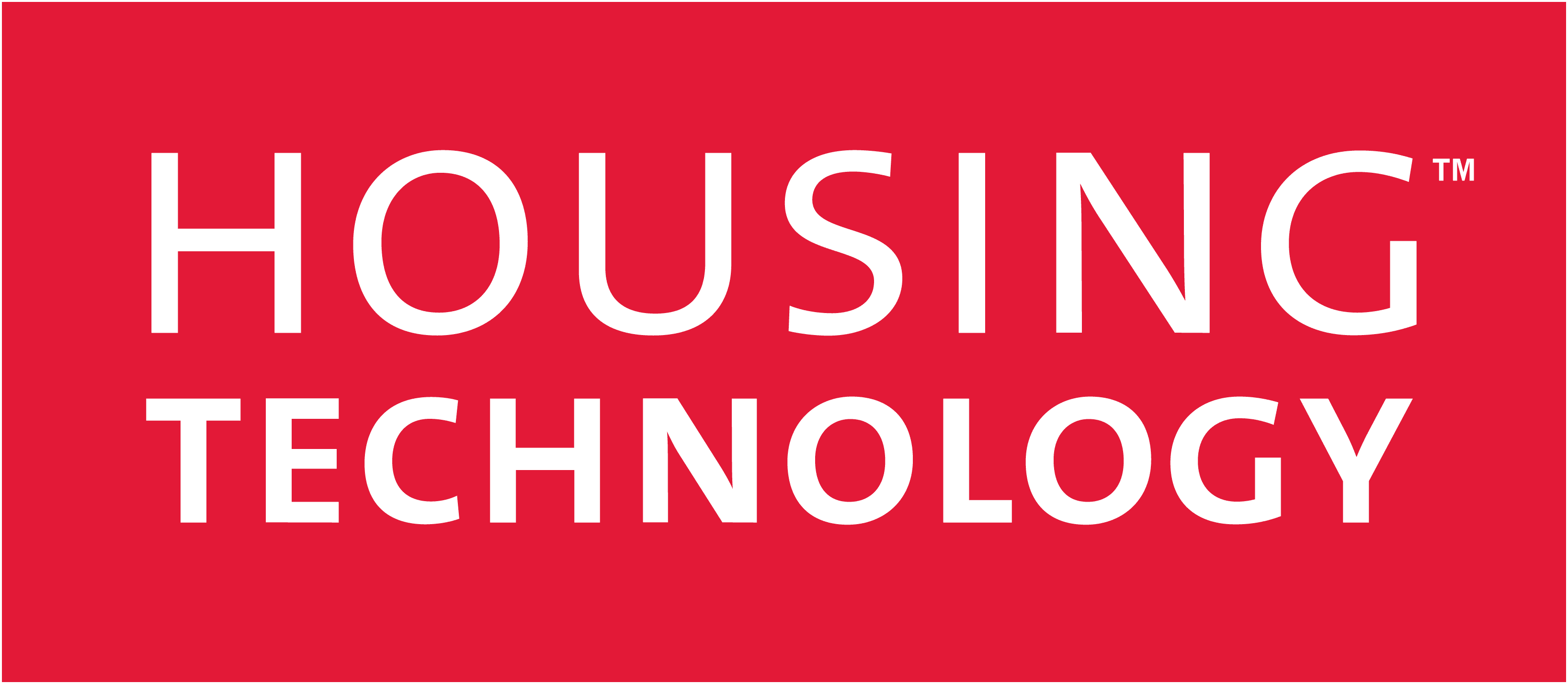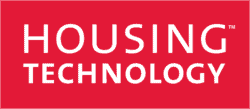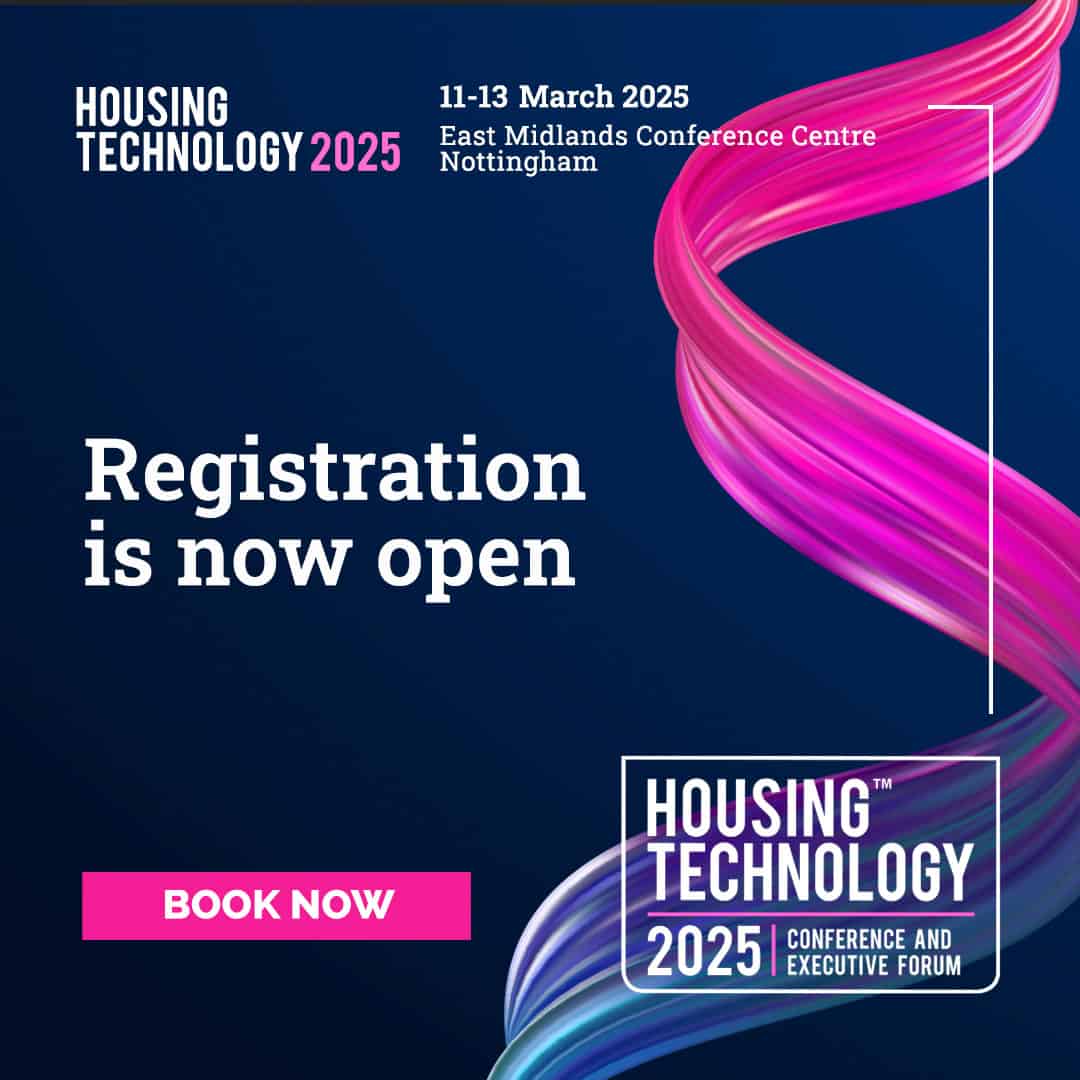Tenant safety and housing quality are always in focus, but with the new Social Housing Regulation Act (SHRA) that was passed in July 2023, it’s clear that much still needs to be done. The changes are designed to strengthen the proactive abilities of the Regulator of Social Housing and the Housing Ombudsman to inspect housing providers and ensure that they meet expected housing quality standards.
While consultation with the housing sector continues, the changes include a remit for the regulator to inspect housing providers with much less notice, set strict time limits for them to resolve problems (incl. addressing hazards such as damp and mould) and new qualification requirements for housing managers. The Housing Ombudsman will also be able to issue best-practice guidance to housing providers following investigations into their tenants’ complaints.
The act brings a renewed focus on quality service delivery and communication between housing providers and their tenants. Let’s look at some of the ways housing providers can leverage technology and data to support quality service delivery and better relationships.
Self-service to empower tenants
Strained resources and conflicting priorities make things tough for housing providers and bring challenges to the provision of quality service and faster problem resolution for tenants. The key challenges I hear frequently from my discussions with housing providers include complex business processes, poor data and the lack of skilled resources.
While technology alone can’t completely fix these issues, the right technology can complement processes and vastly improve service. A tenant self-service platform is just one way to improve resolution of problems. Housing providers that can answer to tenants’ queries quickly and easily and offer alternative methods of contact through digital platforms are at an immediate advantage, resulting in faster resolution of problems and improved communication at scale.
With self-service platforms such as Aareon’s customer portal, tenants have 24/7 access to key information about their tenancies, such as rents and transactions, community initiatives and scheduled appointments. Importantly, for the SHRA, digital solutions can also provide tenants with the ability to initiate contact online and raise further actions from housing providers in a structured manner so that diagnosis and resolution is faster and the process auditable.
Implementing data audits
From April 2025, the Regulator of Social Housing is planning a new programme of regulatory inspections. Housing providers must be able to demonstrate how they are providing good quality homes and services for tenants. Although details of the inspections are still to be confirmed, having the data to evidence housing management processes will be key.
Now is a good time to start reviewing your data collection and ask some fundamental questions. Are we getting the value from our data? Are there any gaps? Can we accurately report on our data and KPIs with confidence? If there are gaps in our technology and the data we collect, how can they be filled?
Often the relationship between housing providers and their technology suppliers can be beneficial here. Creating and maintaining effective technology is what their suppliers do, so it makes sense for housing providers to leverage their suppliers’ experience.
At Aareon, we’ve been consulting with our clients to develop new Power BI dashboards so they can report on key areas of housing management, see the status of service delivery and ensure that the relevant data is readily available and can be demonstrated to the regulator.
Making the right connections
Most organisations employ a digital ecosystem of solutions to deliver tenant services and manage housing, but not all IT systems work together seamlessly. One of the main challenges is the integration and interoperability of solutions within an IT ecosystem; this can have a significant impact on housing providers’ ability to deliver the best service to their tenants.
Let’s use the example of the new regulation, whereby time limits can be set to address hazards such as damp and mould. Digital solutions enable housing providers to effectively meet such requirements. A housing officer in the field can digitally record the details of a problem, instantly transfer key information and action a qualified professional to fix the problem and provide the tenant with a record of the work that has taken place, and all within the allocated time limits. For this to be a smooth process, there may be integration and interoperability between systems required, and the transfer of data between various key stakeholders is essential to get right.
The process of reporting and resolving damp and mould is just one example of processes where housing providers will find that a well-integrated technology stack can automate manual processes and remove complexity. In the majority of cases, housing providers aren’t lacking data; the problems are how they leverage that data and whether their technology stack enables them to transfer knowledge and communicate in the most efficient and effective way.
Summary
During the many years that I’ve worked in housing, I’ve witnessed many changes, so I expect that the regulators’ scrutiny of service delivery will only grow with advances in technology and data. To meet new standards and improve service quality, housing providers must embrace new technologies and become agile enough to adapt them.
Cross-sector collaboration is the catalyst for raising standards; leverage the expertise and capabilities of others across the sector, whether it’s process knowledge or technological capability.
Lee Burke is the chief revenue officer at Aareon UK.


